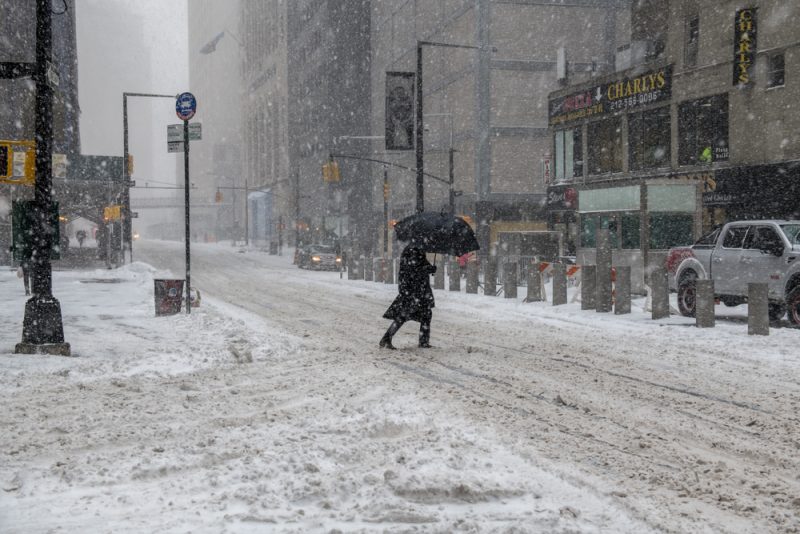January’s cold weather leads to record US natural gas demand, impacts generation mix

A recent analysis from the U.S. Energy Information Administration (EIA) reported that the bomb cyclone weather event in January caused record levels of U.S. natural gas demand and increased wholesale natural gas and power prices across the country.
The increased demand led to a constrained natural gas pipeline network and a substantial increase in oil-fired and dual-fuel generation in New England and New York, and, to a lesser extent, the Mid-Atlantic.
On Jan. 5, one of the coldest days of the weather event, day-ahead daily average peak-period power prices reached $247 per megawatt-hour (MWh) in New England and New York and $262/MWh in the Mid-Atlantic, compared with $30MWh–$50/MWh average prices in the previous six weeks.
From Dec. 28, 2017, to Jan. 8, oil and coal on average accounted for 29 percent and six percent, respectively, of the Independent System Operator of New England’s (ISO-NE’s) generation mix. During the period, one of the region’s three nuclear plants, Pilgrim, experienced an unexpected six-day outage. At one point, natural gas demand dropped to a low of 17 percent.
ISO-NE has provided incentives for generators to procure adequate onsite fuel supplies for winter through winter readiness programs and made market design changes to improve winter reliability. New York’s ISO has taken similar measures.
